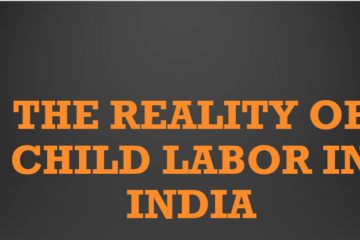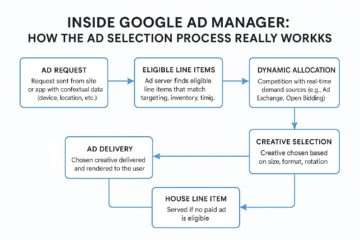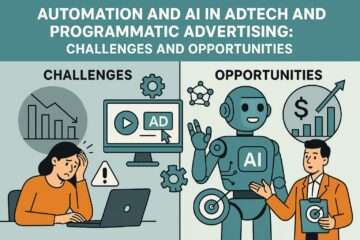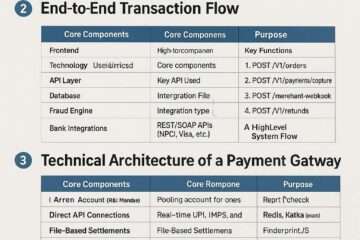

Gen AI ads are gaining traction as brands increasingly adopt AI-driven tools to enhance their advertising strategies. A prime example is Spotify’s recent launch of generative AI tools, allowing advertisers to create scripts and voiceovers for audio ads at no extra cost. This innovation, announced in early 2025, enables brands to produce high-quality, personalized audio campaigns in minutes, streamlining workflows and reducing production costs. By integrating Gen AI into its Spotify Ad Exchange (SAX), the platform has made it easier for advertisers to target logged-in users through real-time auctions, amplifying programmatic reach.
The broader ad tech industry is also taking note. According to recent data, 55% of marketers already use AI for content creation, a trend that’s accelerating as Gen AI tools become more sophisticated [Web ID: 10]. These tools don’t just save time—they enable hyper-relevant ad experiences that resonate with consumers, a critical factor in the competitive digital landscape of 2025.
Why Gen AI Ads Are Transforming Ad Creation
Gen AI ads are gaining traction because they address key pain points in traditional ad production. Historically, creating ad content—especially for audio or video—required significant time, talent, and budget. Gen AI changes this by automating the creative process while maintaining quality. For instance, Spotify’s AI tools can generate voiceovers in multiple languages and tones, ensuring ads feel authentic to diverse audiences. This scalability is a boon for brands targeting global markets, as it reduces the need for costly human voice actors or translators.
Moreover, Gen AI enhances creativity by offering endless variations of ad copy, visuals, and formats. Tools like ChatGPT and MarketMuse can generate SEO-optimized ad scripts or brainstorm creative concepts, allowing marketers to test multiple versions quickly [Web ID: 2]. This iterative approach ensures ads are not only engaging but also tailored to specific audience segments, improving click-through rates (CTRs) and conversions.
Personalization at Scale: A Key Driver of Gen AI Ads
One reason Gen AI ads are gaining traction is their ability to deliver personalized experiences at scale. Programmatic advertising thrives on data-driven targeting, and Gen AI takes this to the next level by analyzing user behavior, preferences, and demographics to craft bespoke ads. For example, AI algorithms can generate ad variations for different regions, incorporating local cultural nuances or language preferences, which boosts relevance and engagement.
This aligns with the growing demand for personalized search results, a trend highlighted by experts who note that AI can analyze user data to deliver tailored content, enhancing user experience and driving organic traffic [Web ID: 20]. In 2025, brands leveraging Gen AI for personalized ads are seeing up to 15-30% more clicks on average compared to non-optimized campaigns, as seen with AI-optimized product feeds on platforms like Google Shopping [Web ID: 4].
Tackling Ad Fraud and Improving Efficiency
Ad fraud remains a significant challenge in programmatic advertising, costing the industry billions annually. Gen AI ads are gaining traction as a solution by integrating fraud prevention into the creative process. AI tools can optimize ad placements to avoid fraudulent sites, ensuring budgets are spent on genuine impressions. For instance, by working closely with supply-side platforms (SSPs), brands can use Gen AI to prioritize verified inventory, reducing exposure to bots and fake clicks.
Additionally, Gen AI streamlines campaign management. Automated tools can handle real-time bidding, adjust ad spend based on performance, and optimize creative elements on the fly. This efficiency allows marketers to focus on strategy rather than manual tasks, a shift that’s saving professionals an average of 12.5 hours per week, according to recent studies [Web ID: 8]. As a result, brands are seeing improved ROI without the overhead of traditional ad production.
Enhancing SEO and Discoverability in Gen AI Ads
For Gen AI ads to succeed, they must be discoverable, and this is where SEO optimization plays a crucial role. Gen AI ads are gaining traction because they can be structured to align with search engine algorithms, ensuring visibility across platforms. For example, AI-generated ad content can include semantic keywords, meta tags, and structured data that improve discoverability on search engines like Google or Bing [Web ID: 12].
In practice, this means optimizing ad copy with long-tail keywords and related phrases that match user intent. Tools like Ahrefs and Clearscope can analyze top-ranking ad content and suggest improvements, ensuring Gen AI ads rank higher in search results [Web ID: 12]. Additionally, Gen AI can generate alt text and transcriptions for video or image-based ads, making them accessible and SEO-friendly, which boosts their chances of appearing in Google’s rich snippets or video search results [Web ID: 1].
Challenges and Risks of Gen AI Ads
Despite their benefits, Gen AI ads come with challenges. One concern is the potential for generic output if not properly guided. AI-generated content can lack the nuance and creativity of human-made ads, risking lower engagement if not edited with a human touch [Web ID: 3]. For instance, a case study of AI-generated product descriptions noted that initial drafts failed to capture a brand’s unique voice, requiring human edits to reflect quality and authenticity [Web ID: 3].
Another risk is over-reliance on automation. While Gen AI can optimize ad placement, it’s not foolproof against evolving ad fraud tactics or algorithm changes. Marketers must stay proactive, conducting regular audits to ensure campaigns remain effective and compliant with platforms like Google, which prioritizes expertise, experience, authoritativeness, and trustworthiness (E-E-A-T) in content [Web ID: 9].
The Future of Gen AI Ads in Programmatic Advertising
Looking ahead, Gen AI ads are gaining traction as a cornerstone of programmatic advertising. As AI technology evolves, we can expect even more advanced applications, such as real-time ad personalization based on voice search or conversational AI interfaces on SERPs [Web ID: 11]. Google’s Search Generative Experience (SGE) and Bing’s AI-driven search are already paving the way for more interactive ad experiences, where users can engage with ads directly on search results pages.
Moreover, the forecasted rise of AI-generated content—projected to account for 90% of online content by 2026—signals a future where Gen AI ads dominate the digital space [Web ID: 10]. Brands that adopt these tools early, while balancing automation with human oversight, will likely gain a competitive edge, securing higher engagement and better ROI in an increasingly crowded market.
Conclusion: Embracing Gen AI Ads for Success
Gen AI ads are gaining traction in 2025, offering brands a powerful way to enhance programmatic advertising through creativity, personalization, and efficiency. From Spotify’s AI-driven audio ads to broader industry trends, this technology is proving its worth by tackling ad fraud, optimizing for SEO, and delivering tailored experiences at scale. However, success requires a balanced approach—leveraging AI for speed and scale while infusing human creativity to ensure authenticity and engagement. As Gen AI continues to evolve, marketers who embrace this technology will be well-positioned to thrive in the future of digital advertising.


























































